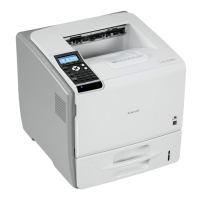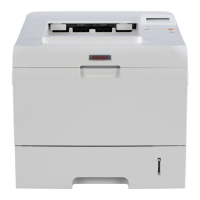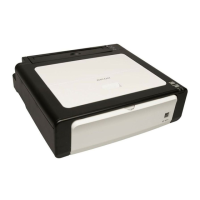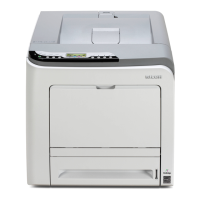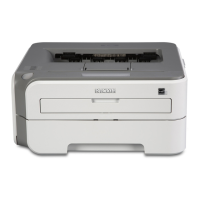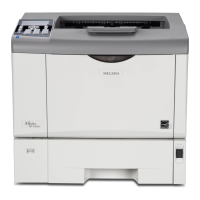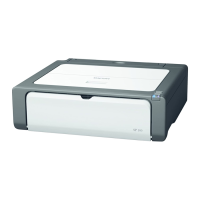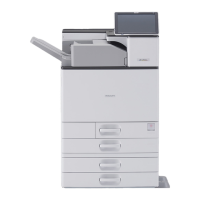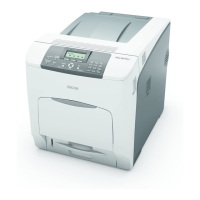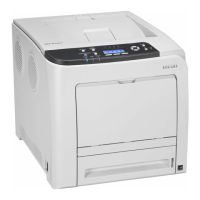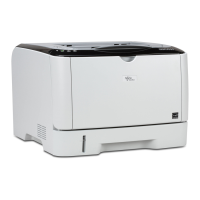Note
• Check there is no air in the envelopes before loading.
• Load only one size and type of envelope at a time.
• Some kinds of envelope might cause misfeeds, wrinkles or print
poorly.
• Print quality on envelopes may be uneven if parts of an envelope
have differing thicknesses. Print one or two envelopes to check
print quality.
• In a hot and humid environment, the envelope might be output
creased or improper printing quality.
• The number of envelopes that can be printed in one minute is
approximately half that of Plain Paper 1.
• Paper can be loaded only up to the lower of the two paper limit
marks of the bypass tray.
• If printed envelopes come out badly creased, load the
envelopes in the opposite direction. Also, configure the printer
driver to rotate the print object 180 degrees.
• Environmental factors can degrade the print quality on both
recommend and non-recommended envelopes.
• After printing, envelopes sometimes have creases along their
long edges and toner smear on their unprinted sides. Their print
images might also be blurred. When printing large, black-solid
areas, striping can occur as a result of the envelopes
overlapping. If this occurs, use the envelope lever to resolve this
problem. For more information about the envelope lever, see
p.133 "Loading Envelopes".
• To
correctly specify the length of an envelope whose flap opens along its short edge, be sure to include
the open flap when measuring.
